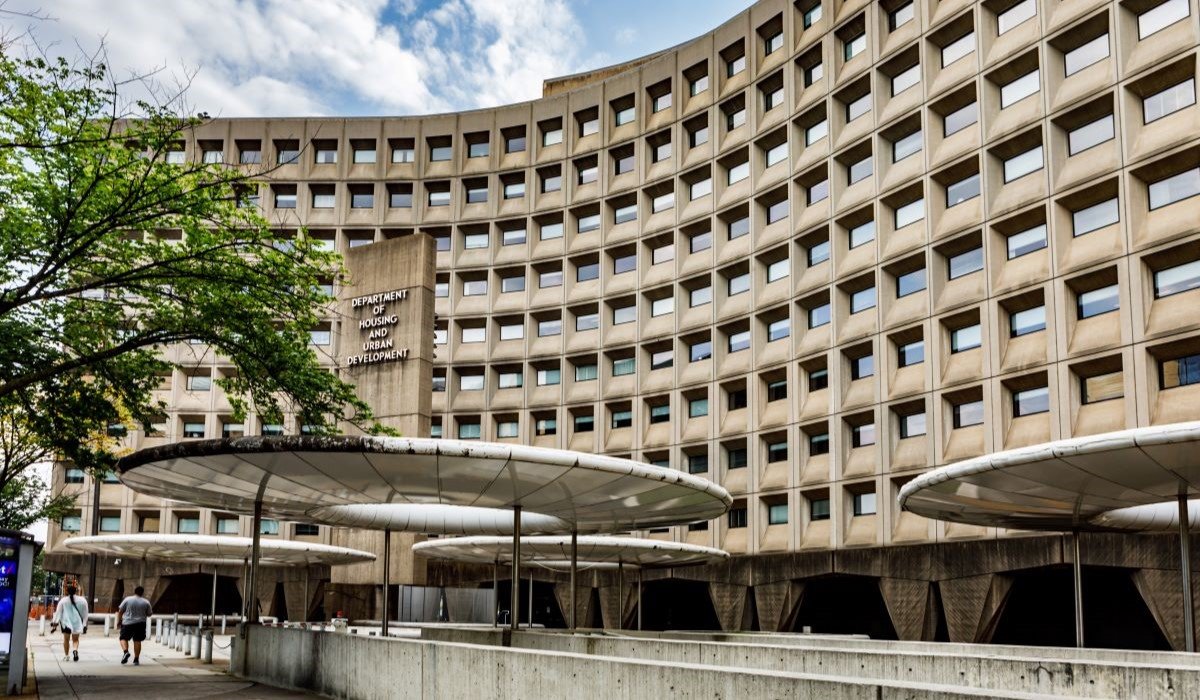The U.S. Department of Housing and Urban Development (HUD) this week established Difficult Development Areas (DDAs) and Qualified Census Tracts (QCTs) for the Low-Income Housing Tax Credit program in 2025. These parameters are set by HUD for specific locations within each state and can impact the amount of tax credits for projects to make funding more feasible.
The parameters were published in the Federal Register on Monday. DDAs are areas with high construction, land and utility costs when compared to an area’s median gross income (AMGI).
“All designated DDAs in metropolitan areas (taken together) may not contain more than 20% of the aggregate population of all metropolitan areas, and all designated areas not in metropolitan areas may not contain more than 20% of the aggregate population of all nonmetropolitan areas,” according to the entry in the Federal Register.
Qualified census tracts are areas where, based on the most recent U.S. Census Bureau data, “are areas where either 50 percent or more of the households have an income less than 60 percent of the AMGI or have a poverty rate of at least 25 percent,“ the notice explained.
Developments financed with housing credits in these designated areas can receive as much as a 30% increase to their “eligible basis for the credit to make the building financially feasible,” according to a breakdown of the policy by Enterprise Community Partners.
The new DDAs and QCTs will be in effect for housing credits allocated starting on Jan. 1, 2025.
HUD has published the DDA data, as well as metropolitan and non-metropolitan QCT data, for 2025 on its website. Other variations of the data are also available at a dedicated landing page.












 English (US) ·
English (US) ·